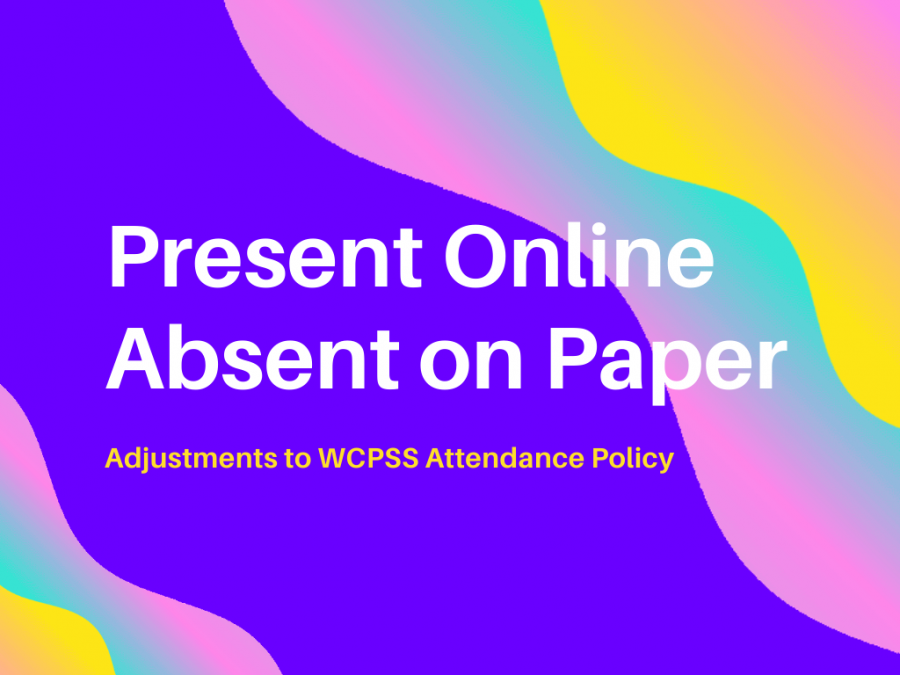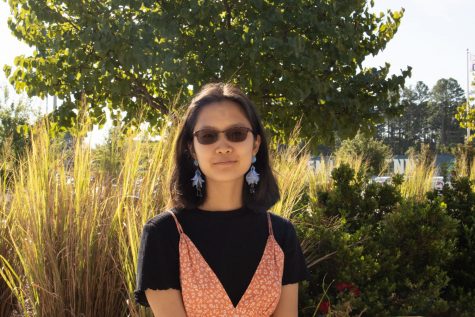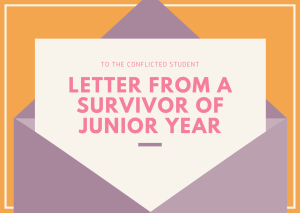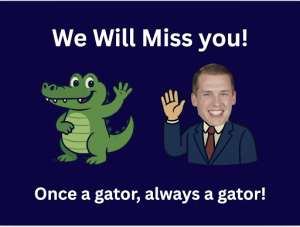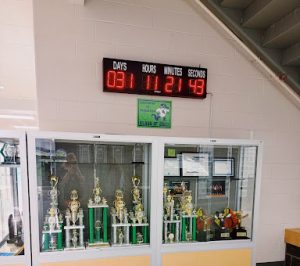‘We’re Still Not Back to Normal’: Students and Staff on WCPSS Attendance Policy
Administration says the new attendance policy will provide clarity, but many students disagree.
April 26, 2021
Even if some students were to virtually attend and participate in class, taking part in answering questions or giving their thoughts in discussions, they would still be considered absent.
During March of this year, Wake County Public Schools decided to open up the decision for students to choose Plan A instruction in April. In other words, they would allow for students from grades 6-12 to attend daily in-person learning if they wanted to do so. But with this came new rules created by the Wake County Board of Education, one of which included a new attendance policy: if a Plan A student did not show up in-person, but logged in from home virtually, they would still be considered absent.
Paul Koh, the Assistant Superintendent for Student Support Services of WCPSS, explained the reasoning behind this policy, “As we returned to Plan A, in our efforts to remain in alignment with our attendance policy (4400), we wanted to make sure that students in Plan A and students in Virtual Academy had clear guidelines on our attendance expectations,” further saying, “Our efforts were about creating clarity in Plan A, compared to the ways in which we were being flexible in Plan B.”
Koh also discussed those who signed up for Plan A were encouraged to attend in person under the “On-Site Instruction Days” guidelines, while Plan B students were able to be more flexible with the policy through the “Remote Instruction Days” section in WCPSS guidelines.
When Justin Carrington, Vice Principal of Green Level High School, was asked about these new policies, he said, “One thing that’s important to note is that we have always had an attendance policy. Over the years, it’s been modified to reflect changes in times, and the same thing happened this past year with the need to shift to virtual learning in some capacity. In creating policies like these, we’re able to increase consistency of application when it comes to different practices. For example, within WCPSS, we have almost 200 schools, so it could be easy for there to be almost 200 different ways of doing things; however, due to there being a concrete policy, it creates a little more consistency.”
On the flip side, reactions from students have been between emotions of frustration and confusion. Lizzy Novelli, a Plan A student says, “The school board is meant to support us as students and help us- I don’t see why counting us as absent when we have an opportunity to still learn even when we can’t physically go to school makes sense.” Novelli also touched on her dissatisfaction with the school board and her teacher’s explanation of the policy, “They said it’s to make everything feel like it’s back to normal again but clearly, we’re still not back to normal, so why should we push something that’s not going to happen?”
Nia Spells, another Plan A student attending school in-person similarly said, “During an uncertain time, things can completely change at any time and students should not be penalized because of that.” Spells also discussed that if students are learning from home, they still have the opportunity to actively attend, participate, and learn the class’s content.
It is worth noting Koh mentioned, “If there are any extenuating circumstances where a student needs additional support or flexibilities in attendance, we encourage students to connect with their counselors or social workers to ensure we are able to set them up for success with needed support.”

